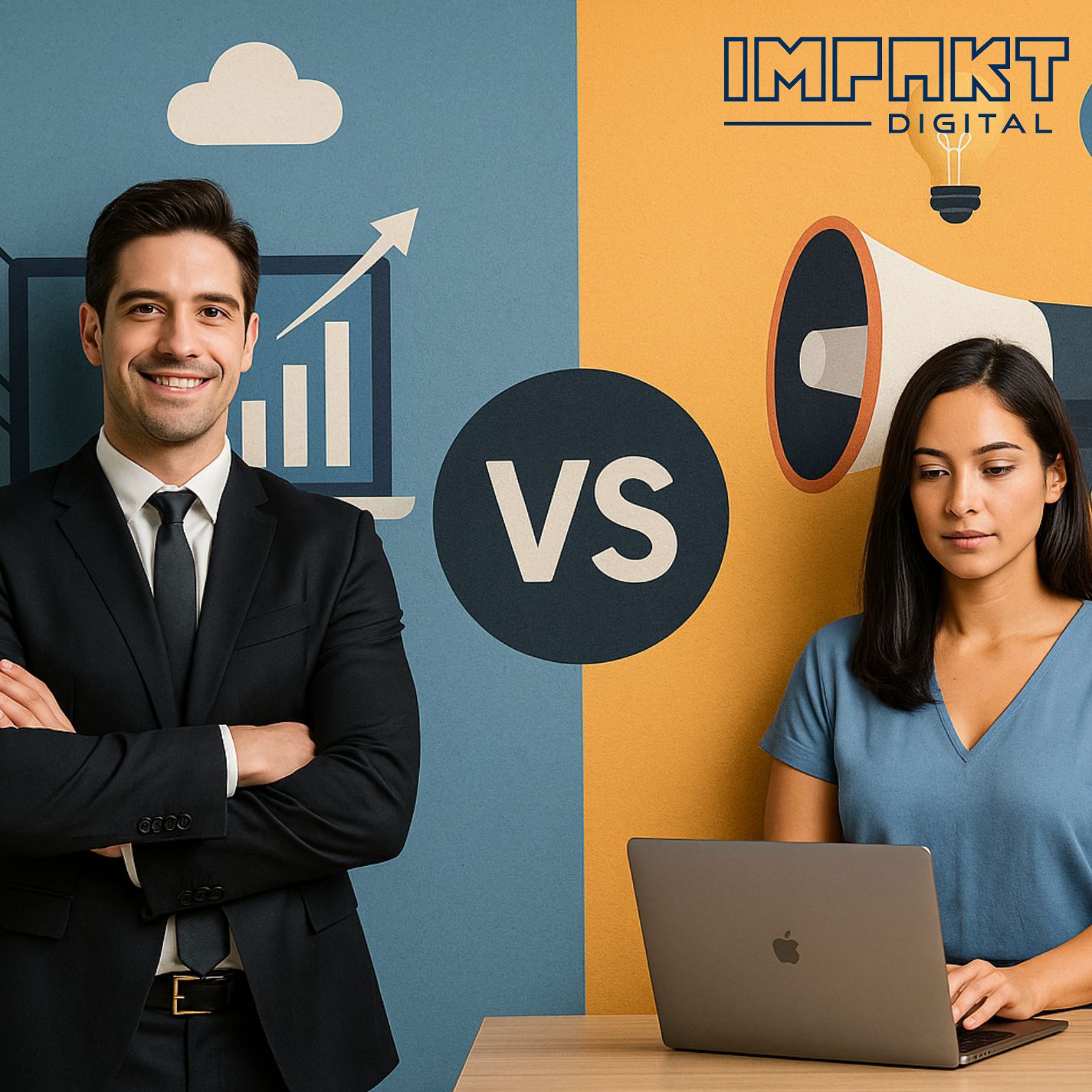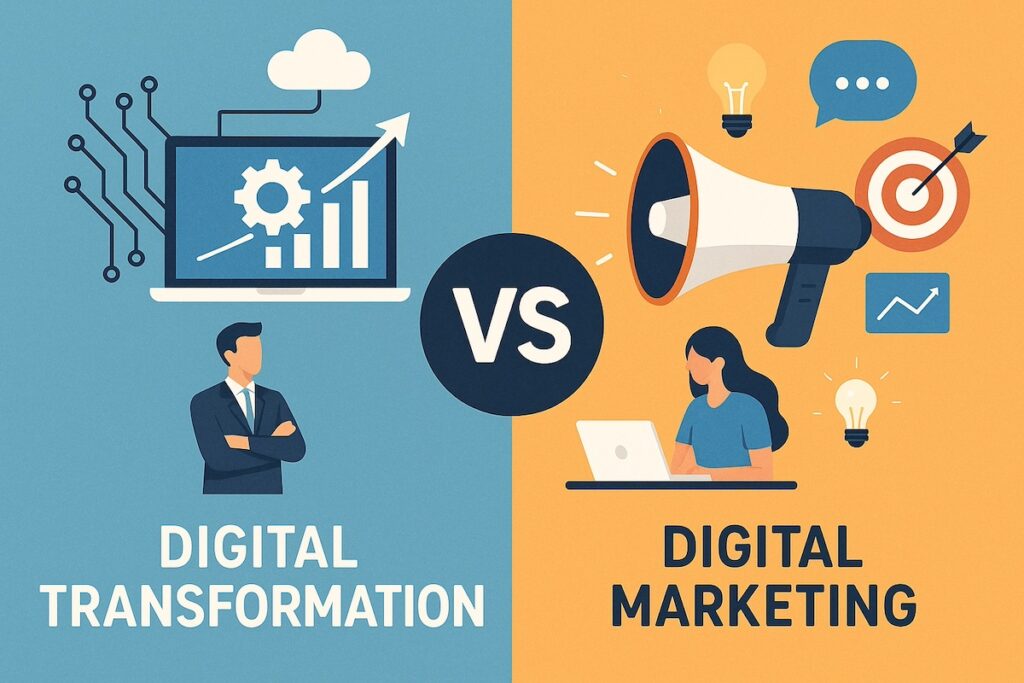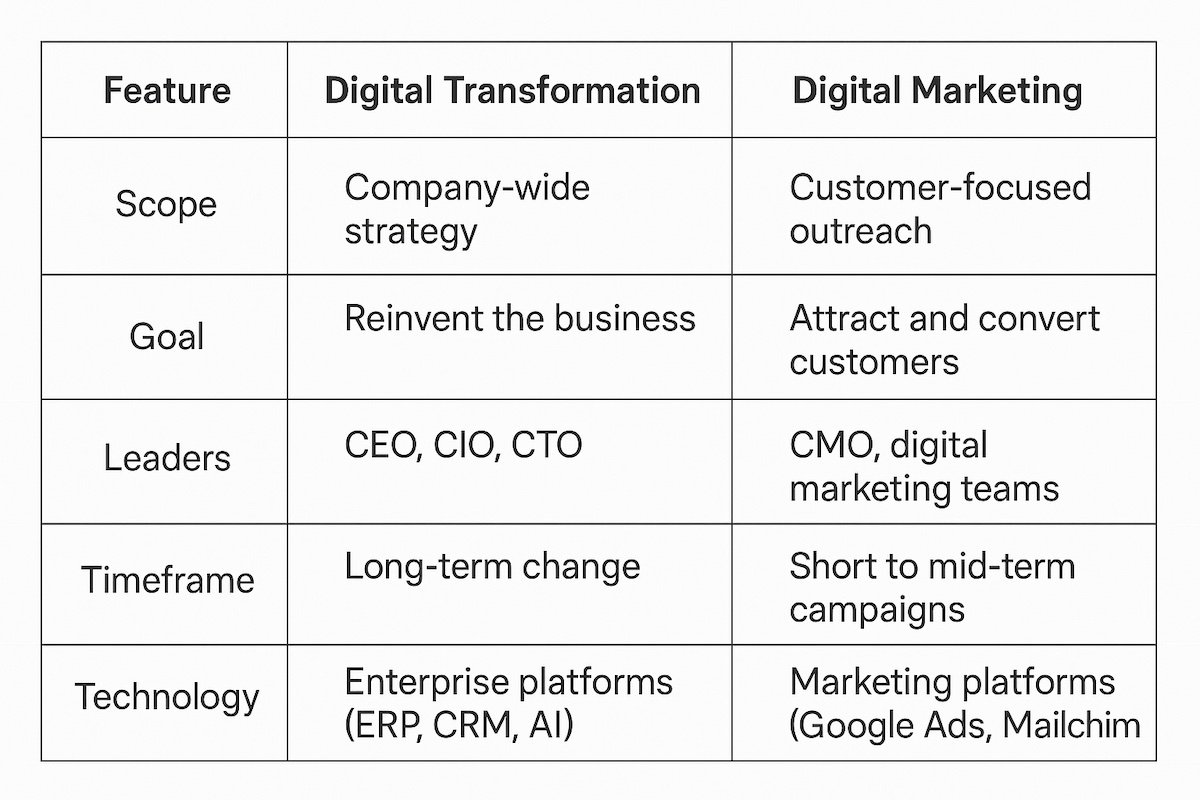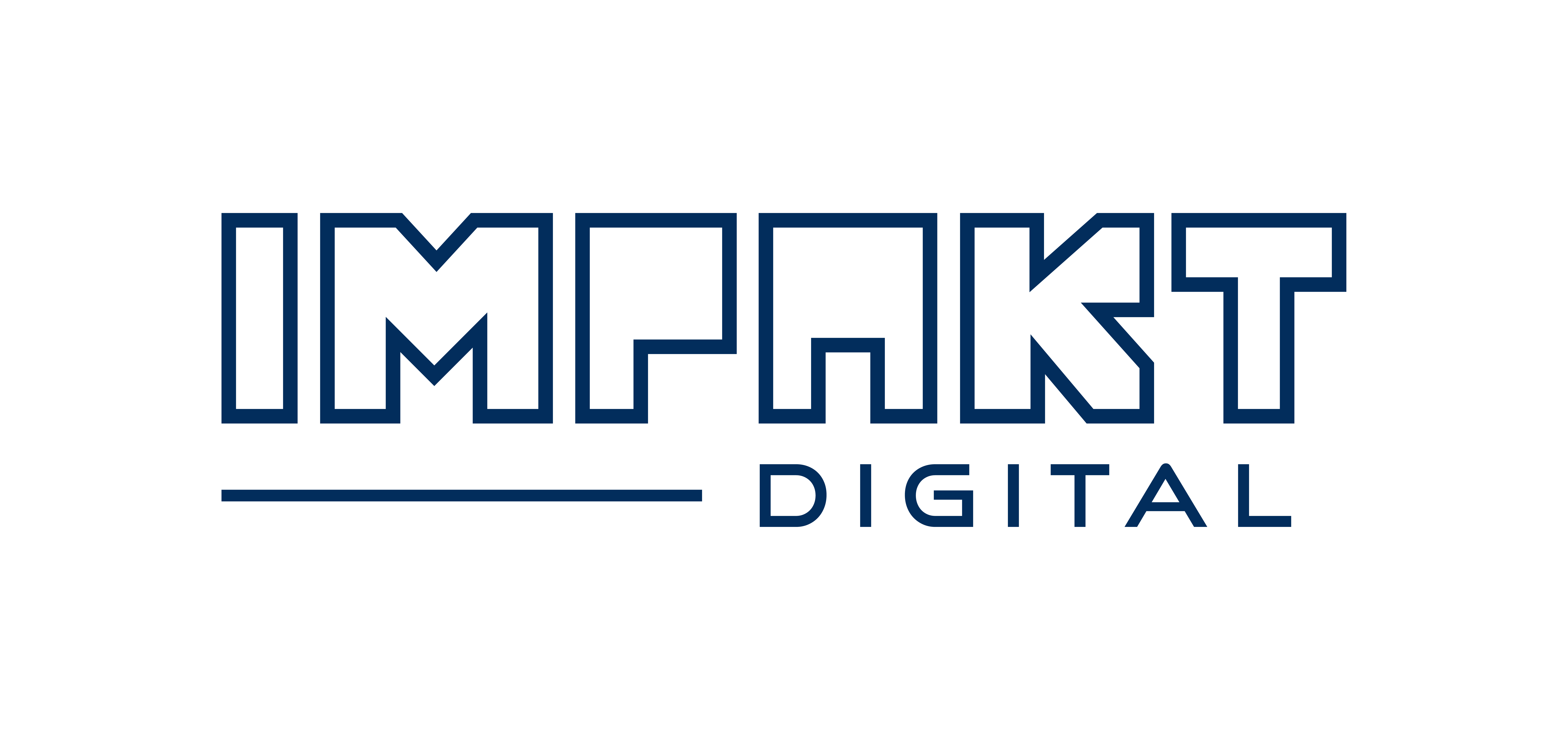
In today’s fast-moving digital world, buzzwords like “digital transformation” and “digital marketing” often get used interchangeably, but they mean very different things. While both play essential roles in modern business, they serve distinct purposes and involve different strategies, goals, and tools.
Whether you’re a small business owner, a CMO, or part of a company looking to stay competitive, understanding the difference between digital transformation and digital marketing is key to making smart decisions. Let’s break it down.
What Is Digital Transformation?
Definition
Digital transformation is the process of using digital technologies to fundamentally change how a business operates and delivers value to customers. It’s not just about adding new tech—it’s about rethinking the entire business model for the digital age.
Core Areas It Covers
- Cloud computing: Moving data, software, and infrastructure to the cloud for greater flexibility and scalability.
- Artificial intelligence (AI) and automation: Streamlining tasks and improving decision-making with machine learning and intelligent systems.
- Data analytics: Leveraging big data to understand customers, optimize processes, and predict trends.
- Cybersecurity: Strengthening defenses as more of the business moves online.
- Process reengineering: Modernizing internal systems like ERP and CRM to improve efficiency and agility.
Goals of Digital Transformation
- Increase operational efficiency
- Improve customer experience
- Enable innovation
- Future-proof the business against market disruption
Real-World Examples
- Netflix: Originally a DVD rental company, Netflix reinvented itself into a global digital streaming powerhouse.
- Traditional banks: Many banks now offer mobile-first experiences with AI chatbots, paperless onboarding, and real-time analytics, thanks to digital transformation.

What Is Digital Marketing?
Definition
Digital marketing is the practice of promoting products or services using digital channels. It’s a tactical approach focused on customer outreach and engagement through online platforms.
Key Channels and Tactics
- Search Engine Optimization (SEO): Improving website visibility on Google and other search engines.
- Pay-Per-Click (PPC): Running paid ads on platforms like Google Ads or social media.
- Social Media Marketing: Engaging users and building brand presence on platforms like Instagram, Facebook, and LinkedIn.
- Email Marketing: Sending targeted campaigns to nurture leads and retain customers.
- Content Marketing: Creating blog posts, videos, and infographics to educate and attract audiences.
Goals of Digital Marketing
- Drive website traffic
- Generate qualified leads
- Build brand awareness
- Convert prospects into paying customers
Real-World Examples
- Coca-Cola: Uses personalized social media campaigns to increase brand loyalty.
- Shopify: Attracts e-commerce sellers through SEO-driven content and YouTube tutorials.
Key Differences Between Digital Transformation and Digital Marketing

In short, digital transformation is a business-wide evolution, while digital marketing is a strategy to promote products or services online.
Areas of Overlap
Despite their differences, digital transformation and digital marketing often complement each other.
Customer Experience
Both aim to improve how customers interact with your brand, whether through a seamless mobile app (transformation) or personalized emails (marketing).
Data Utilization
Digital marketing and transformation both rely heavily on customer data to make decisions and personalize experiences.
Digital Tools
Tools like CRMs (e.g., HubSpot, Salesforce), analytics dashboards, and chatbots can support both initiatives.
Agility and Innovation
Both encourage businesses to be flexible and open to testing new ideas in a constantly evolving digital landscape.
Why Businesses Need Both
Some businesses mistakenly believe they can thrive with only one or the other. In reality, digital marketing and digital transformation are not mutually exclusive—they’re complementary.
- Digital transformation ensures your internal systems, team structure, and operations are built for the future.
- Digital marketing makes sure your products, services, and messages are reaching the right audience effectively.
Together, they help businesses grow in a sustainable and scalable way.
How to Integrate Digital Transformation with Digital Marketing
A successful digital strategy requires integration across departments and goals. Here’s how to align both:
Unified Strategy
Align marketing goals with the company’s digital transformation initiatives. For example, if you’re moving toward automation, integrate AI into your marketing stack too.
Tech Stack Integration
Use centralized tools that serve both teams, such as unified CRMs, AI analytics platforms, and omnichannel communication tools.
Collaborative Teams
Foster collaboration between IT, marketing, and leadership teams. Make sure everyone understands how marketing efforts tie into broader business transformation goals.
KPI Alignment
Instead of just tracking CTRs and conversions, include metrics like customer lifetime value, digital adoption rate, and cost-to-serve to evaluate the full impact of digital change.
Common Mistakes to Avoid
- Mistaking digital marketing for digital transformation: Running social media ads doesn’t mean your business is digitally transformed.
- Investing in tech without cultural change: Technology alone won’t work without team alignment and a digital-first mindset.
- Ignoring long-term strategy: Chasing short-term marketing wins without a transformation plan can lead to stagnation.
- Siloed operations: Keeping IT and marketing teams separate slows progress and leads to inefficiencies.
Conclusion
Digital marketing and digital transformation are both crucial, but they serve different functions. Digital marketing focuses on attracting and converting customers, while digital transformation is about reshaping your entire business for the digital era.
If you’re serious about long-term success, don’t pick one over the other. Use digital marketing to grow your audience today and digital transformation to prepare for the challenges of tomorrow.
Together, they form the foundation for sustainable growth in the digital age.
FAQs
What is the difference between digital marketing and digital transformation?
Digital marketing promotes products and services using digital channels. Digital transformation is a broader business change involving technology, systems, and strategy to improve operations and value delivery.
Is digital marketing part of digital transformation?
Yes, digital marketing can be one component of a larger digital transformation, especially when integrated with automation and customer data systems.
Can a business implement digital marketing without digital transformation?
Yes, but the marketing may be less effective or scalable if backend systems and internal workflows are outdated.
Why is digital transformation more than just marketing?
Because it affects the entire business—operations, culture, processes, and even business models—not just how the company promotes itself.
Which one should businesses prioritize first?
It depends. If you’re struggling to reach customers, start with marketing. But for long-term sustainability, digital transformation should follow—or run in parallel.




